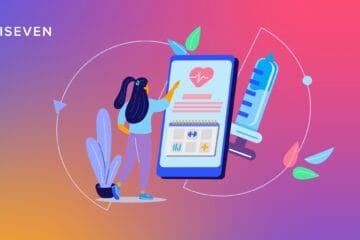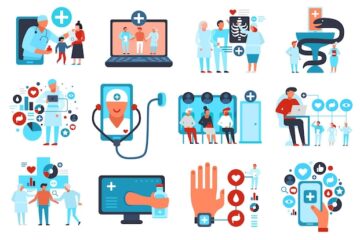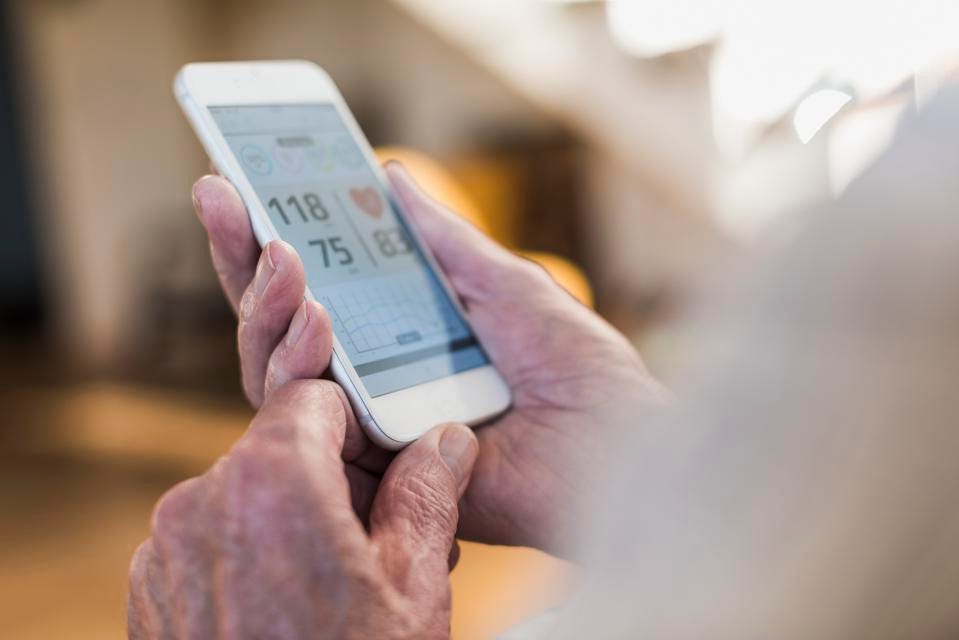Like a stubborn virus, the necessity for logins and passwords clings to us all. But advances in mobile phone technology and the initiatives of healthcare payers are making headway.
Last month, Cigna became the latest payer to add authentication via fingerprint to its patient-facing mobile app. Now the MyCigna app can take advantage of the same biometric technology that banking apps, Dropbox, Amazon, and others have enabled through mobile platforms such as Apple’s Touch ID.
With more than 30 million members in the U.S. alone, Cigna’s goal was to decrease the number of those members who don’t follow through on steps to seek preventative care, says Stephen Cassell, Cigna’s global branding officer at the company’s Bloomfield, CT headquarters.
Easier Responses, Lives Saved
“We see consumers go to their computers or phones to log in, but people just fall off. They just don’t complete all the steps,” says Cassell. “We thought, how could we make things even easier for our customers?”
Cigna was also looking for a way to allow consumers to easily respond to the different calls to action that the insurer was putting out there in the marketplace to get them to engage in their health.
“The reason we even started the fingerprint access is connected to a larger campaign to drive people to try to get their checkups. It’s all around how do we help save a hundred thousand lives in the U.S. per year by getting people in for their preventive care services.”
A consumer could be in a doctor’s office, requesting a referral to a specialist, and would want to know on the spot, whether the specialist is in the Cigna network. By checking MyCigna, he could avoid any surprise out-of-network costs, or a delay in care by having to request a new referral later.
It also lets consumers receive care or provide proof of insurance even if they forget their Cigna ID cards, Cassell says.
Such convenience may vary depending upon provider, as some providers have a way to capture the member’s ID via the Cigna app, but some do not. “Obviously we’re looking to make things more efficient for the medical community as well,” he says.
[SOURCE:-Health Leaders Media]



